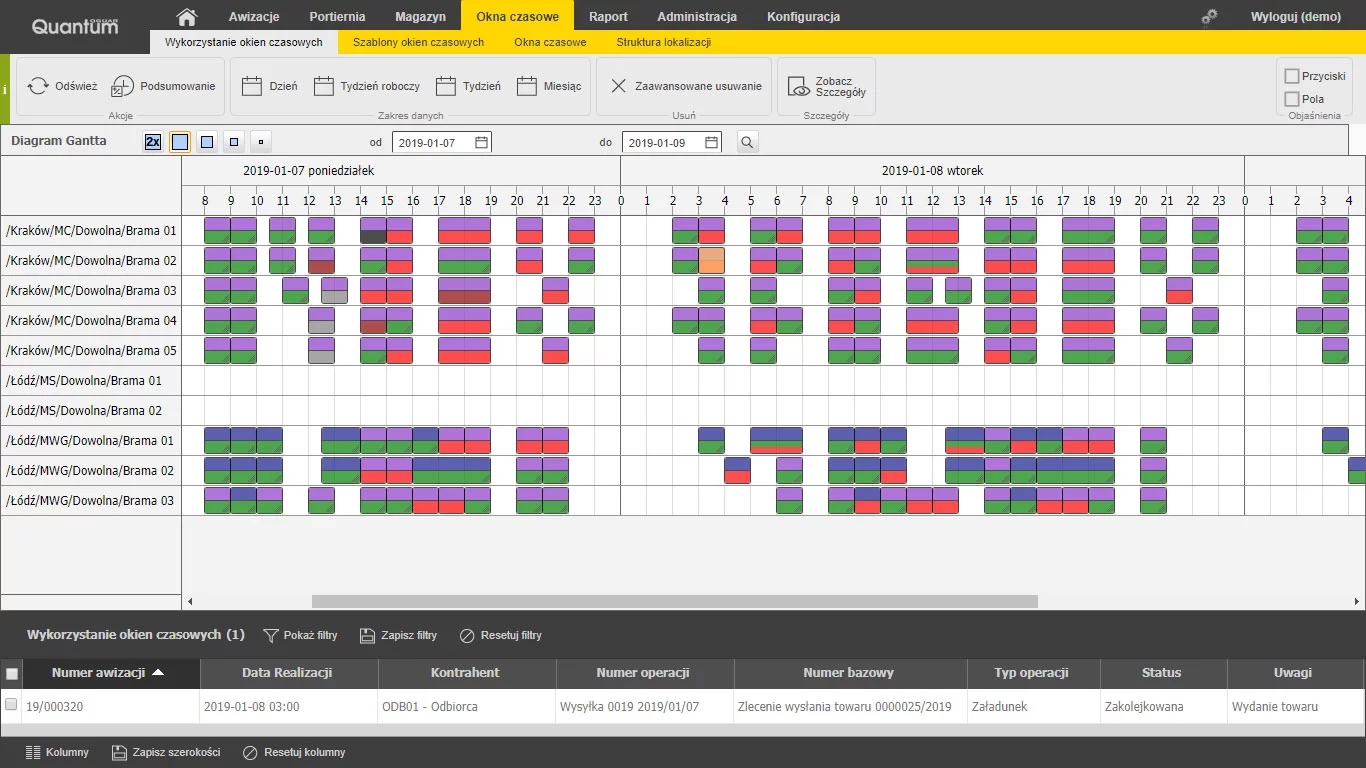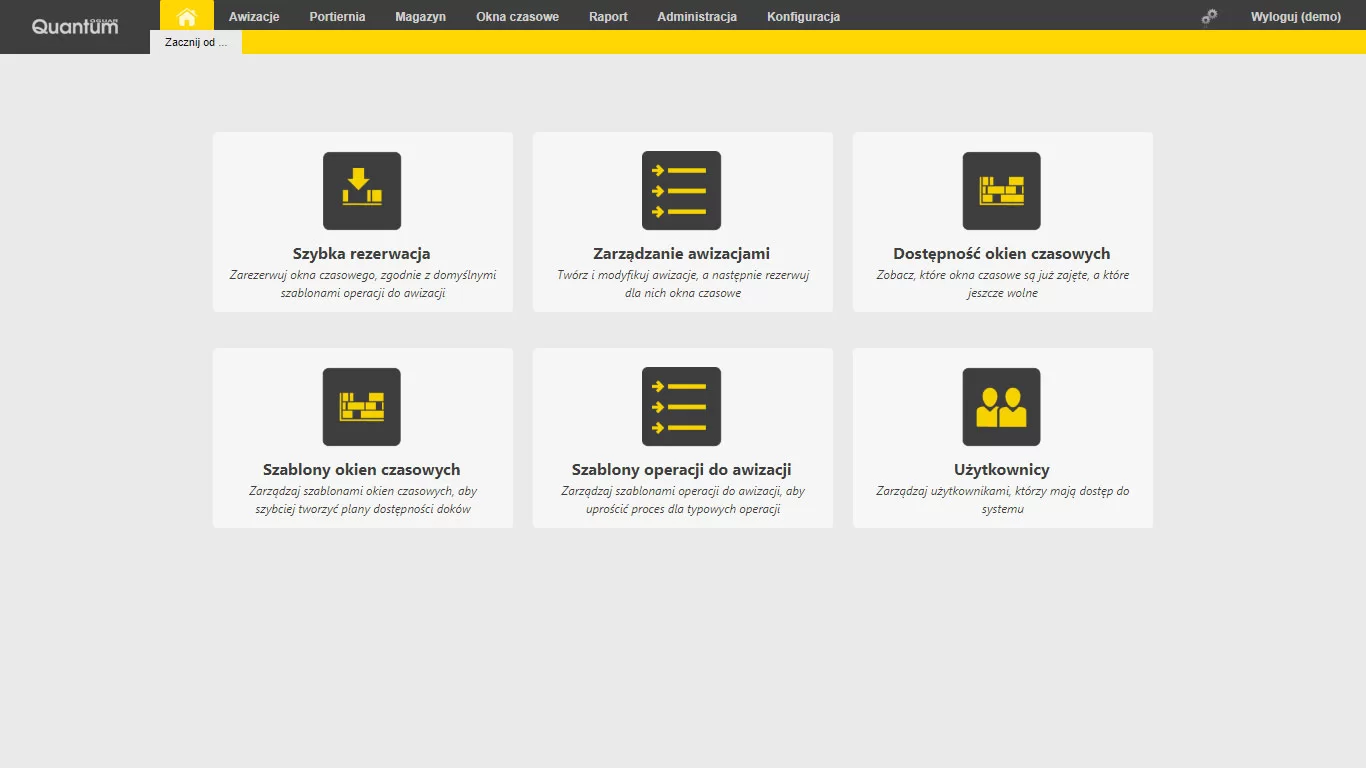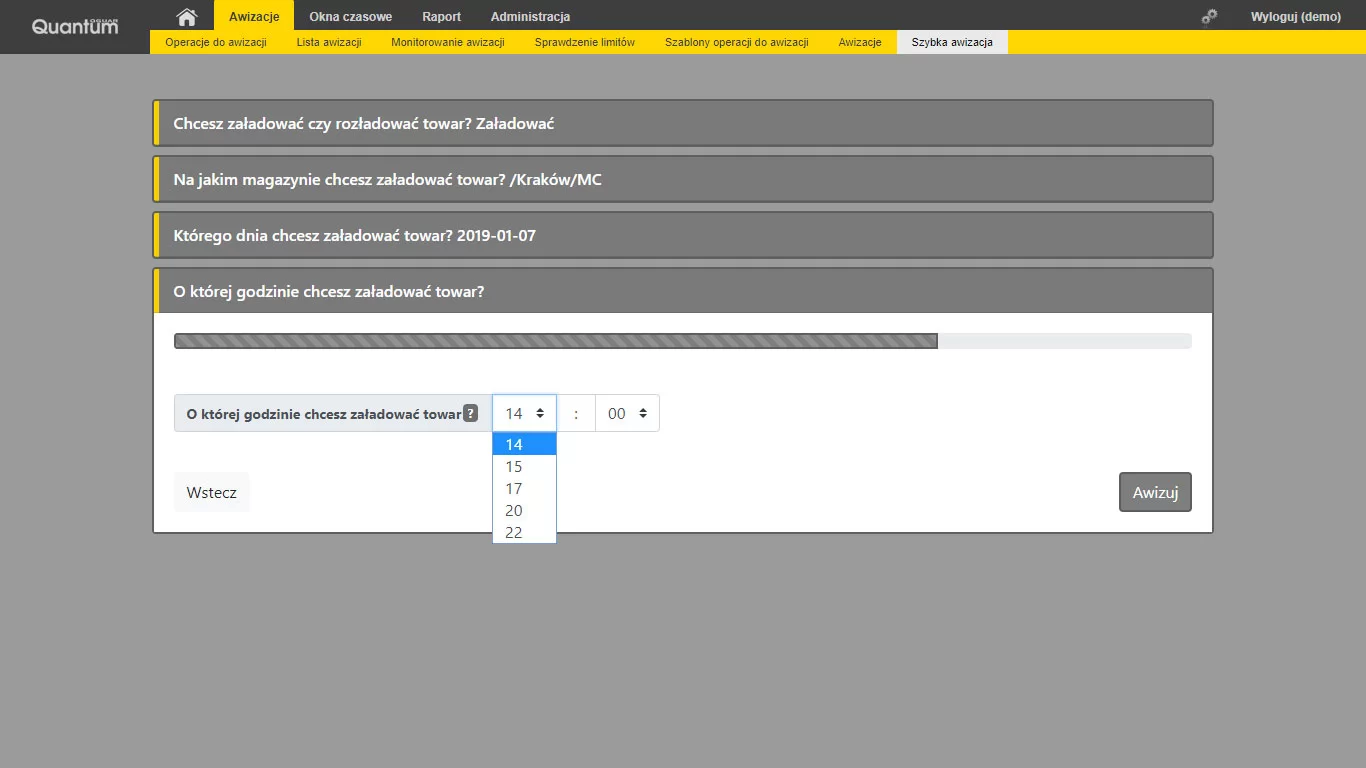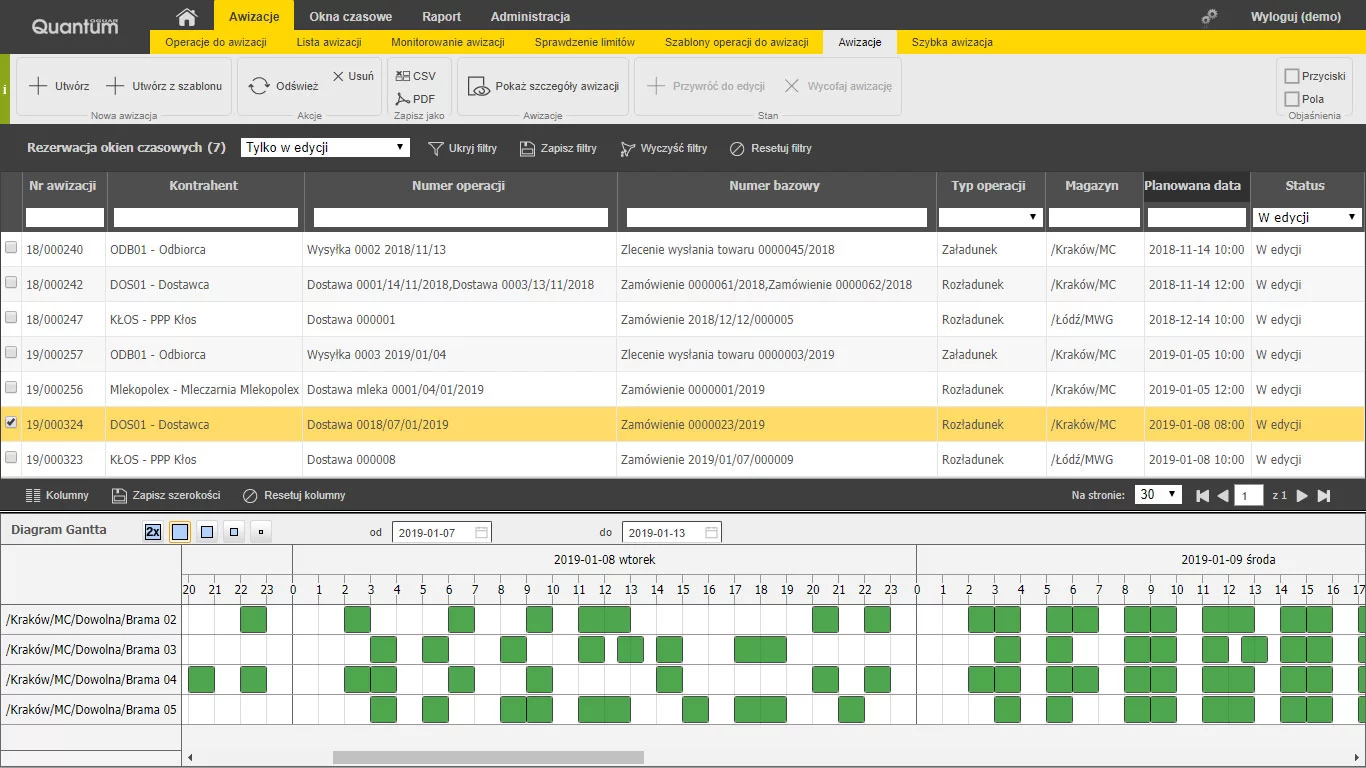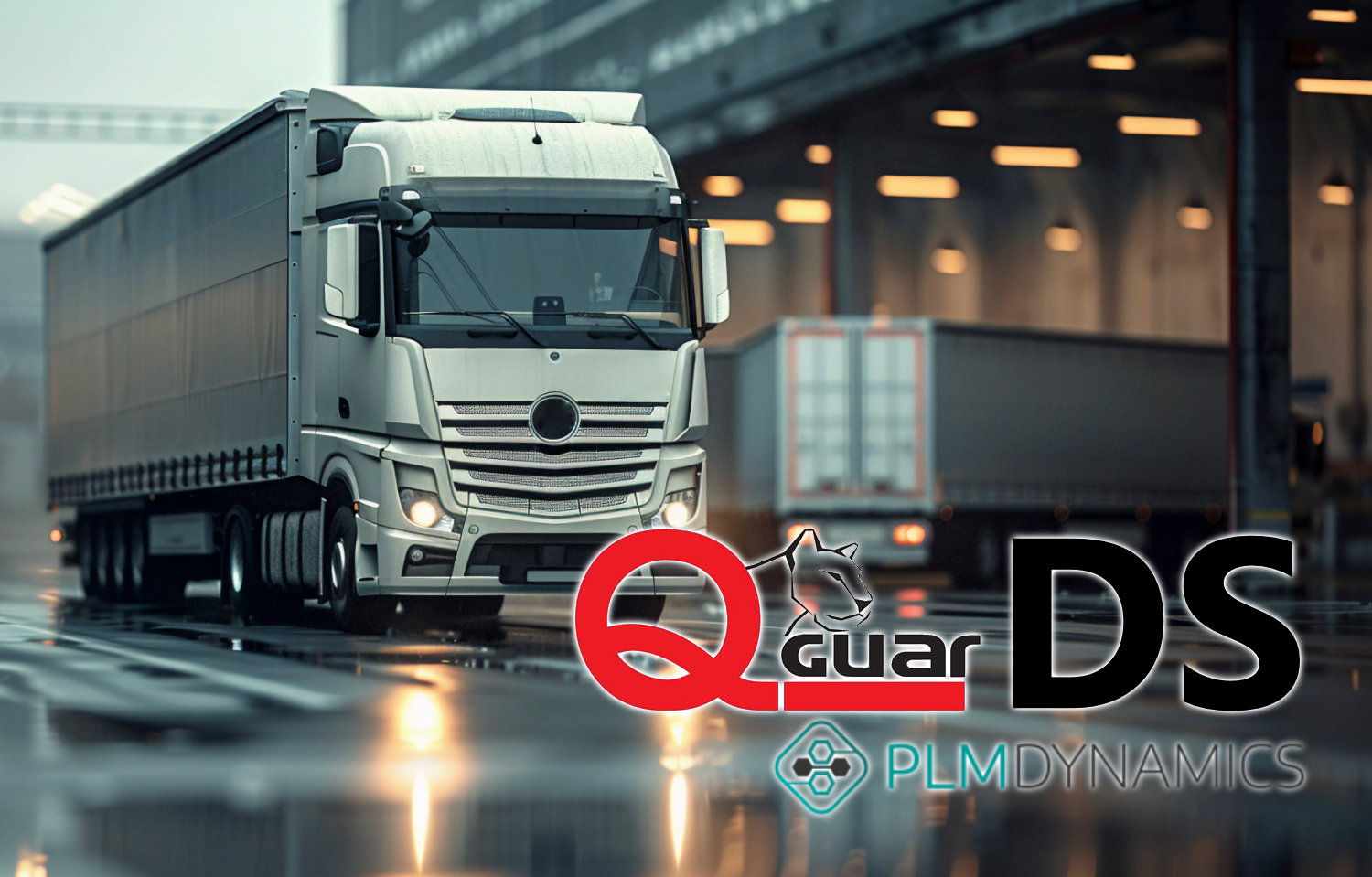Qguar Dock Scheduling is an advanced platform for digital dock management and time slot optimization in logistics and distribution centers. Available in both SaaS (Software as a Service) and traditional On-Premise versions, Qguar DS offers total adaptability to suit diverse organizational strategies and operational needs.
Qguar DS as a SaaS Solution
The SaaS version of Qguar DS provides full system functionality over the internet, eliminating the need for on-site installation or investment in dedicated server infrastructure. Hosted in a secure cloud environment, users can access the platform anytime, anywhere, through a standard web browser.
This model delivers several key advantages:
Rapid deployment with minimal IT involvement: SaaS enables a fast go-live, without complex technical setup. Customers can start using the system immediately upon subscription.
Automatic updates and technical support: All system upgrades, security patches, and technical assistance are managed directly by the provider, requiring no action from the user side.
Scalability and cost optimization: The SaaS model makes it easy to scale up or down based on business needs, with no capital expenditure on hardware or maintenance.
Enterprise-grade security and reliability: Data is safeguarded through advanced security protocols, regular backups, and redundant cloud infrastructure.
Real-time collaboration for all stakeholders: Partners, suppliers, carriers, and forwarders can access and interact with the system in real time, regardless of their physical location.
Qguar DS as an On-Premise Solution
The On-Premise version of Qguar DS is deployed on the client’s own servers and infrastructure. This model is particularly suited for organizations that require full control over their data and internal processes, or have unique security and integration requirements.
Key features of the On-Premise approach include:
Complete control over data and IT environment: All data is stored and managed within the organization’s own infrastructure, supporting compliance with internal policies and industry regulations.
Integration flexibility: Direct integration with other business systems and the ability to develop customized integration modules tailored to specific needs.
Advanced security and access management: Organizations can define their own security standards, access rules, and data protection protocols.
Customization and bespoke development: The On-Premise model allows for deep personalization of features, add-ons, and integrations in line with company strategy and growth.
Whether deployed as a SaaS or On-Premise solution, Qguar DS empowers logistics and distribution companies to fully digitize scheduling processes, optimize resource utilization, and enhance collaboration with all supply chain partners. The choice between SaaS and On-Premise comes down to your company’s priorities—agility and speed of deployment (SaaS), or full control, security, and advanced integration (On-Premise). Both options deliver high efficiency, reliability, and a competitive edge in today’s logistics landscape.


